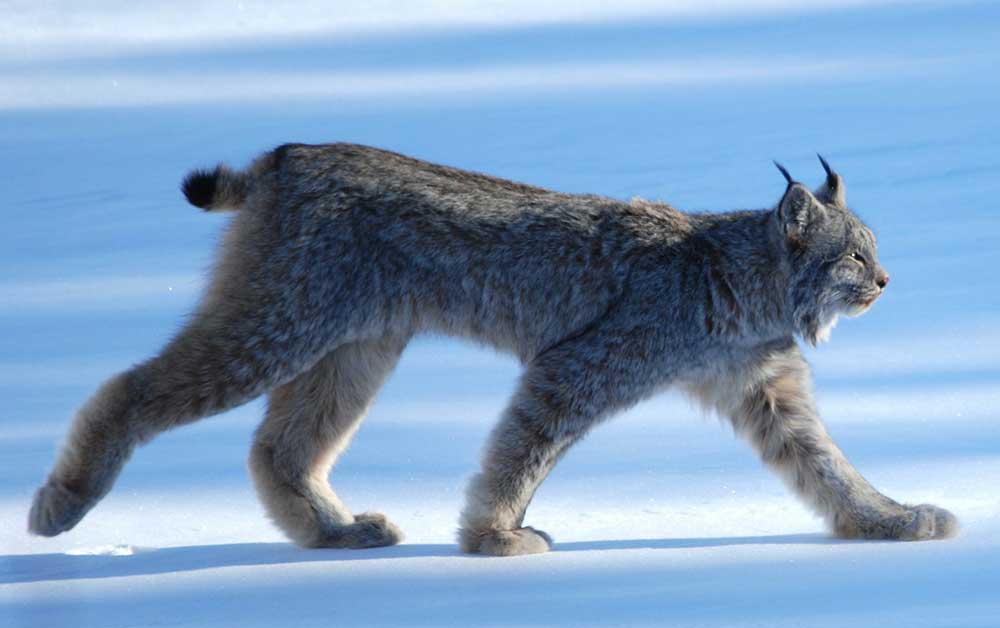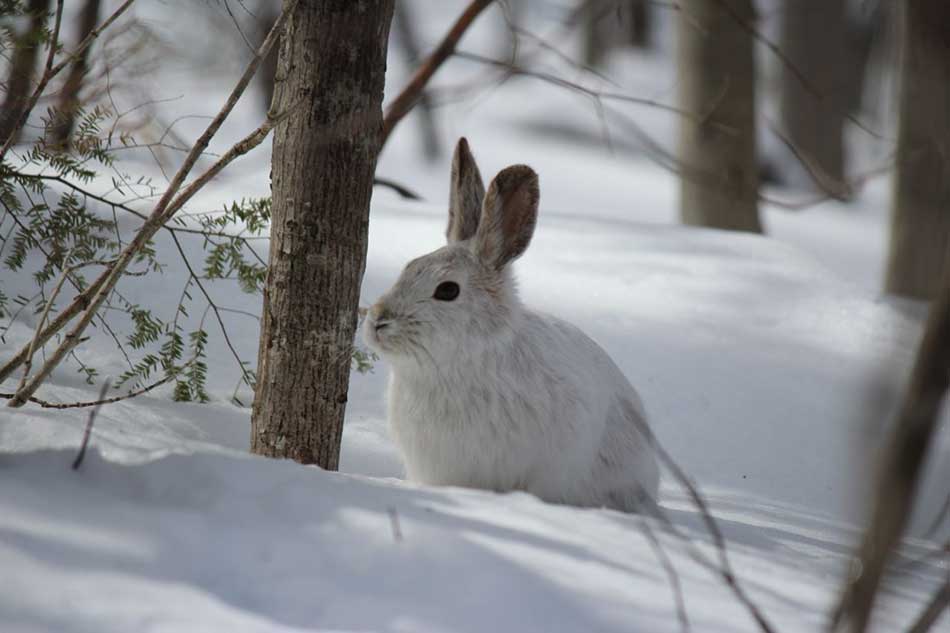Maine – In order to save the Canada lynx from a significant decline, experts have joined forces to recreate the habitat of the creature. To do so, the US Fish and Wildlife Service and private landowners are working together to avoid an abrupt lowering of lynx in the state. Also, forests maturing and clear-cutting are currently strictly regulated in the area.
According to forester Scott Joachim, the ultimate goal is to provide patches of “young spruce-and-fir” forests that look similar to thickly wooded Christmas tree farms, which are the preferred habitat of the snowshoe hares on which the lynx feed. “It’s just a matter of providing the right habitat for their lunch,” he joked.

Maine reportedly has between 500 to 1,000 Canada lynx, which is actually an atypical large population of the thick-furred cat. This phenomenon is the result of many years of habitat changes linked partially to a pest infestation.
The decline
Due to an outbreak of spruce budworm, large swaths of forest were threatened causing a massive clear-cutting during the 1970s and 1980s. Consequently, snowshoe hares found themselves in their ideal habitat provided by thickets of spruce and fir that surfaced from the clearings. However, those forests are now maturing and clear-cutting has lowered after tight restrictions were issued in 1989. All of this represented a major problem for the Canada lynx, as their preys became scarce.

The University of Maine calculated that the state could end up losing about 60% of its snowshoe habitat and 60% of the lynx population over the next 14 years, if action is not taken now. With this in mind, the federal government is working on putting together the best science available to attack current threats to the tuft-eared felines and evaluating the future viability of lynx population in 48 states. In Maine, Washington, Idaho, Montana and Minnesota critical habitat has already been designated.
The massive wilderness in northern Maine is under private ownership, most of it used for logging. What the US Fish and Wildlife Service aims to do is to work in collaboration with 4 property owners, who manage around 600,000 acres, to create a similar an adequate habitat to preserve the Canada lynx.
Spoiler alert: The rabbit dies.
Source: Christian Science Monitor
